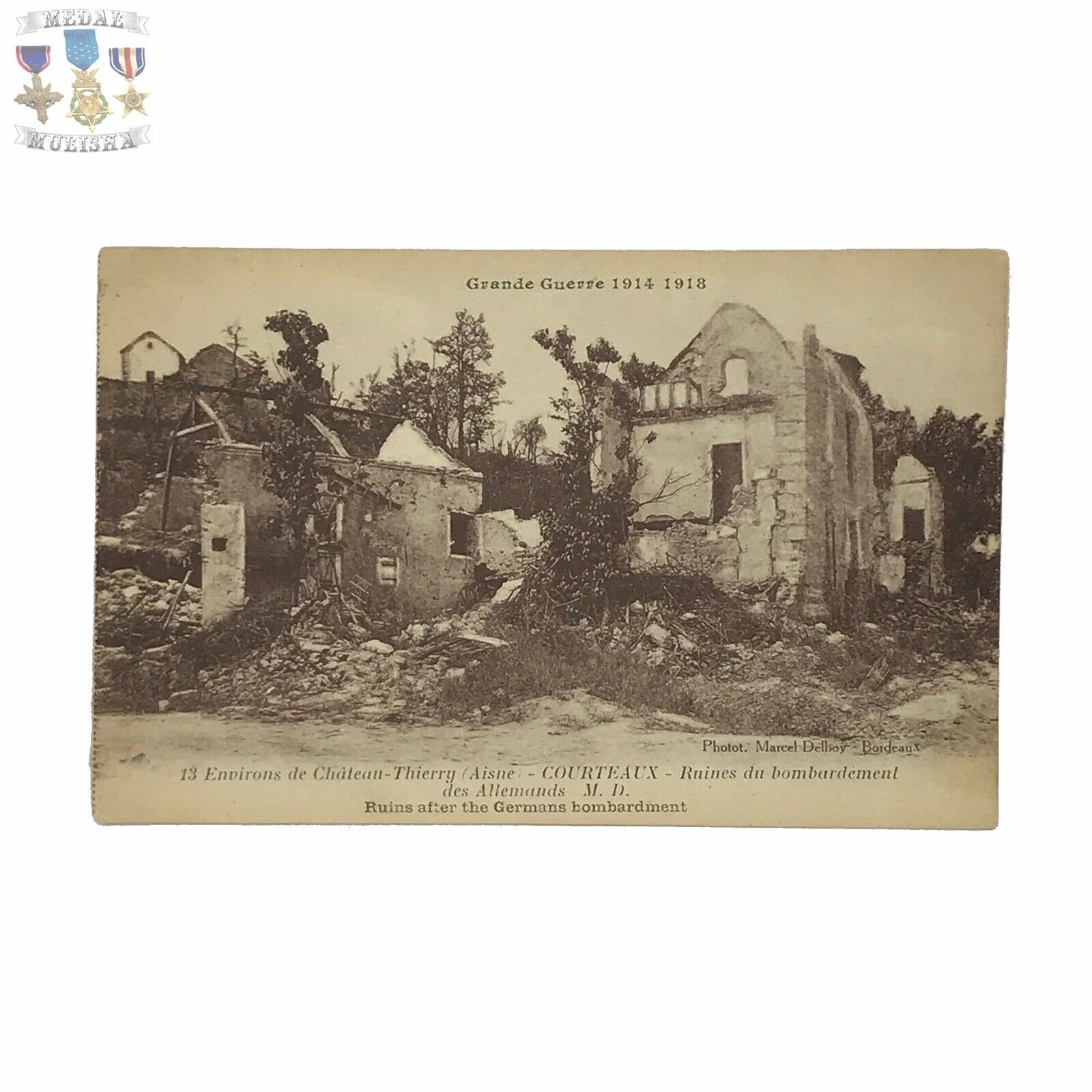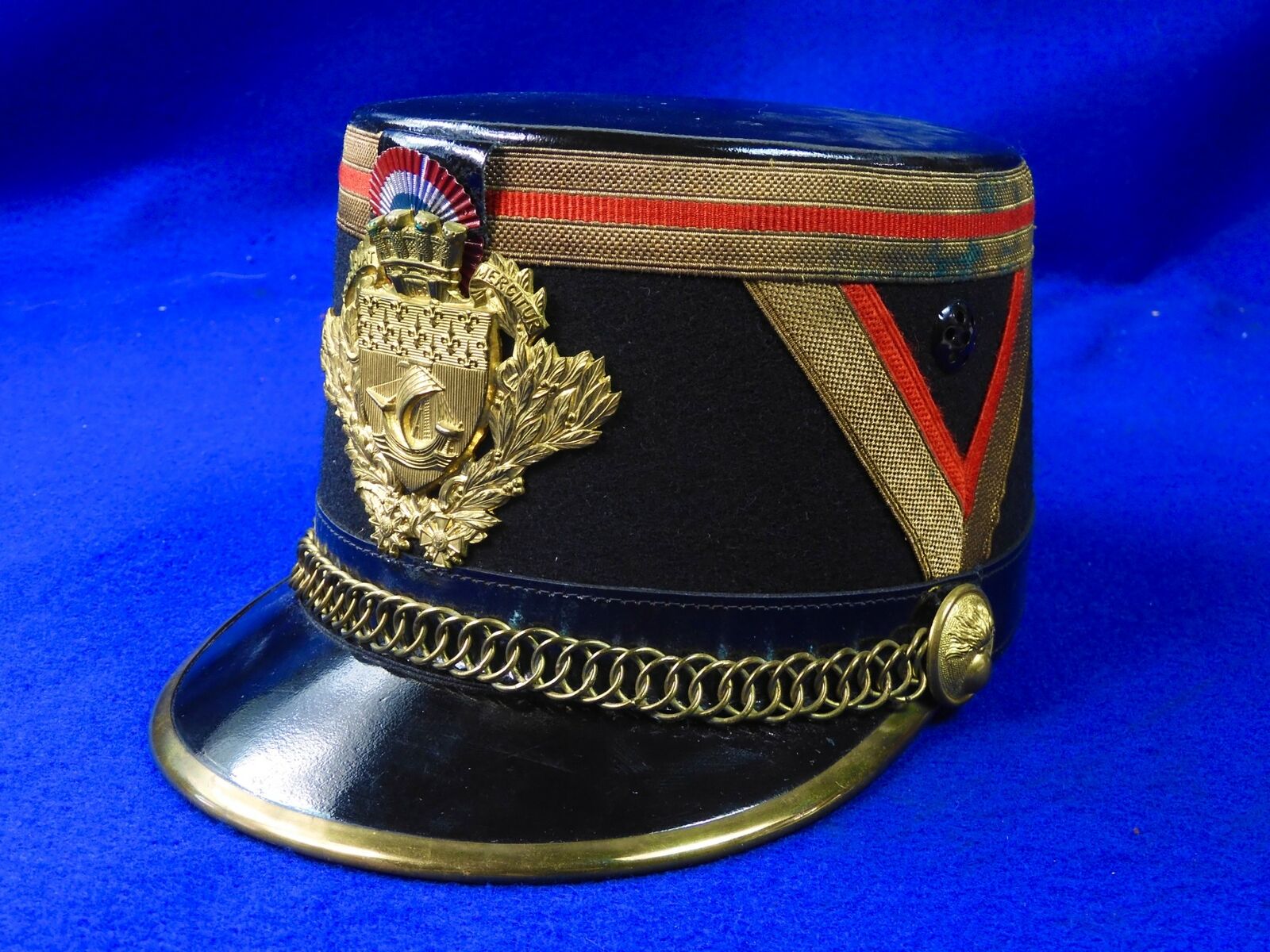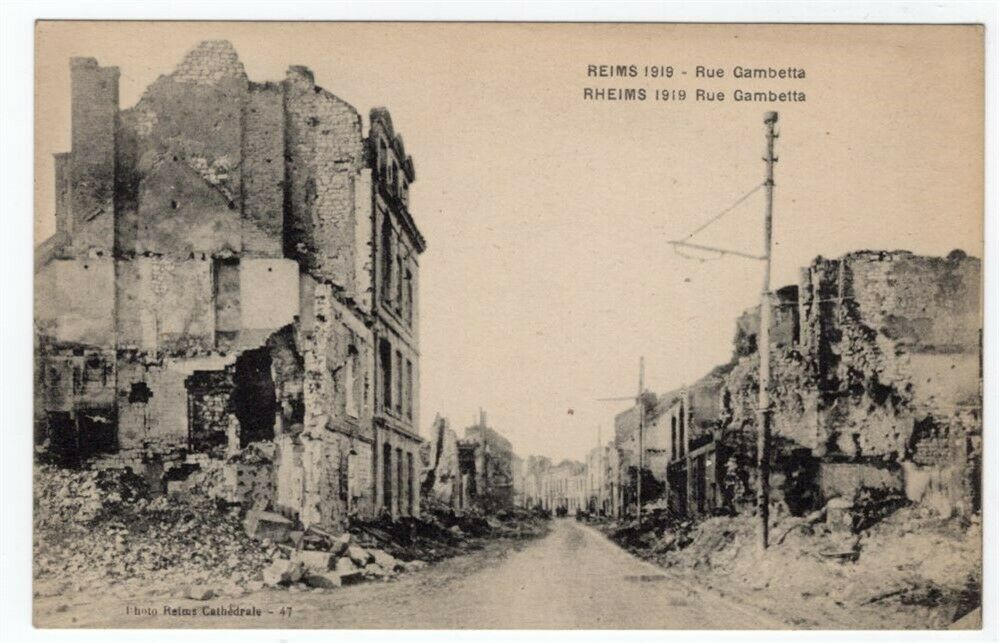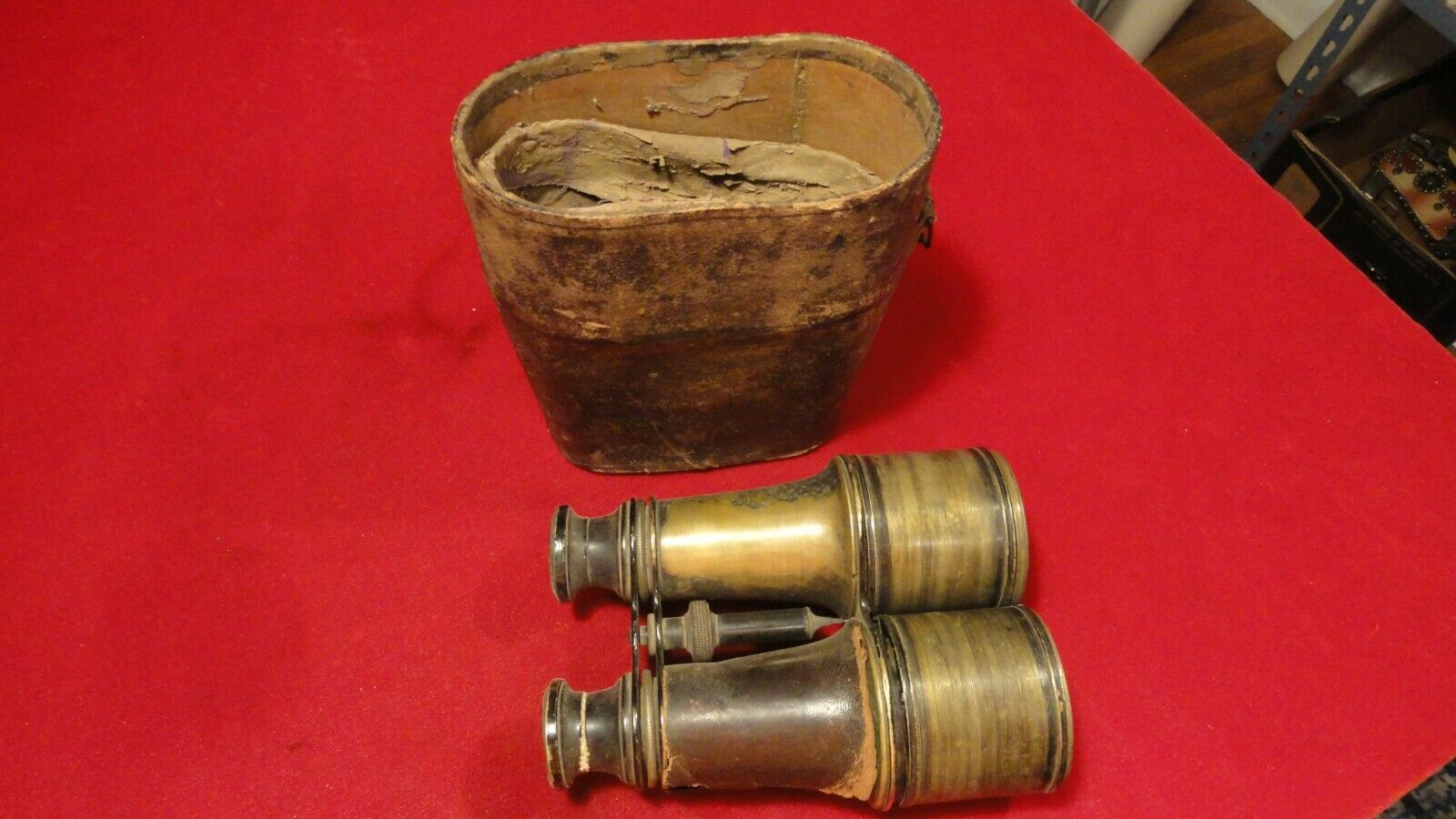-40%
WW1 Legion of Honour Medal looks Perfect Best I have Seen
$ 42.23
- Description
- Size Guide
Description
PLEASE FOLLOW OUR E BAY STORESEE ALL PICS
SALE
SEE OUR STORE
PLEASE READ WHOLE ADD
SEE STORE !!!!
Croix de guerre 1914–1918
(France)
From Wikipedia, the free encyclopedia
Jump to navigation
Jump to search
Croix de guerre 1914–1918
1914–1918
Croix de guerre
with three citations
2 bronze palms
1 silver gilt star
Type
Medal
Awarded for
Military duty during
World War I
, valor in battle
Presented by
France
Status
Closed
Established
2 April 1915
Total
2,065,000
[1]
Ribbon bar & streamer of the French
Croix de guerre
1914–1918
Precedence
Next (higher)
Médaille nationale de reconnaissance aux victimes du terrorisme
Next (lower)
Croix de guerre
1939–1945
Fourragère of the Croix de guerre 1914-1918
The
Croix de guerre 1914–1918
(English:
War Cross
) is a French
military decoration
, the first version of the
Croix de guerre
. It was created to recognize French and
allied
soldiers who were cited for valorous service during
World War I
, similar to the British
mentioned in dispatches
but with multiple degrees equivalent to other nations' decorations for courage.
Soon after the outbreak of
World War I
, French military officials felt that a new military award had to be created. At that time, the
Citation du jour
("Daily Citation") already existed to acknowledge soldiers, but it was just a sheet of paper. Only the
Médaille Militaire
and
Legion of Honour
were bestowed for courage in the field, due to the numbers now involved, a new decoration was required in earnest. At the end of 1914, General Boëlle, Commandant in Chief of the French 4th Army Corps, tried to convince the French administration to create a formal military award.
Maurice Barrès
, the noted writer and
parliamentarian
for Paris, gave Boëlle support in his efforts.
[1]
On 23 December 1914, the French parliamentarian
Georges Bonnefous
proposed a legislative bill to create the
Croix de la Valeur Militaire
("Cross of Military Valour") signed by 66 other parliamentarians.
Émile Driant
, a parliamentarian who served in the war zone during much of this time, became its natural spokesman when he returned to the legislature. On 18 January 1915, Driant submitted this bill but the name of the military award was renamed to
Croix de guerre
("War Cross"). After parliamentary discussions, the bill was adopted on 2 April 1915.
[1]
World War I began in 1914 and ended in 1918, so the final name adopted is "
Croix de guerre
1914–1918".
Contents
1
Award statute
2
Award description
3
Notable French recipients (partial list)
4
Notable foreign recipients (partial list)
5
French recipient units (partial list)
6
Allied recipient units (partial list)
7
Recipient cities (partial list)
8
See also
9
References
10
External links
Award statute
[
edit
]
Every
Croix de guerre
awarded carries at least one citation for gallantry or courage to a member of any rank of the French military or of an allied army. Ribbon devices indicate the importance or degree of the soldier's role during the action cited. The lowest degree is represented by a
bronze
star and the highest degree is represented by a bronze palm. The cross is only awarded once and subsequent actions worthy of citations will be limited to additional ribbon devices on the originally received insignia. The number of ribbon devices on a
Croix de guerre
is not limited, some awards, especially to ace fighter pilots, had extremely long ribbons with dozens of stars and palms.
[1]
The Croix de guerre 1914-1918 was attributed to:
French and
allied
soldiers individually cited for a wartime act of gallantry;
[2]
Civilians and militarized personnel individually cited for a wartime act of gallantry;
[2]
Automatically to soldiers and civilians not specifically cited for a Croix de guerre but awarded the Légion d'honneur or Médaille militaire for the highest acts of wartime valour and gazetted in the Official Journal of the French Republic;
[2]
Collectively, to army units, ships or air squadrons;
[2]
To cities and villages, martyrs of war, destroyed, ravaged or bombed by the enemy (2952 towns received the Croix de guerre 1914–1918, in this case, always awarded with palm).
[2]
Soldiers who were/are members of units recognized by a collective unit award of the Croix de guerre may wear the
Fourragère
of the Croix de guerre 1914-1918 as long as they remain members of that unit. Soldiers who actively took part as members of units during repeated feats of arms recognized by more than one collective award of the Croix de guerre may continue to wear the fourragère even after leaving the meritorious unit.
[1]
Battle streamers in the colours of the Croix de guerre 1914-1918 are affixed to the colours of recipient units.
Award description
[
edit
]
The cross was designed by the sculptor
Paul-Albert Bartholomé
. It is 37 mm wide, Florentine bronze
cross pattée
, with two crossed swords pointing up between the arms. The obverse centre medallion bears the relief image of the
French Republic
in the form of the bust of a young woman wearing a
Phrygian cap
surrounded by the circular relief inscription
RÉPUBLIQUE FRANCAISE
(FRENCH REPUBLIC). Not knowing how long the war would last, the reverse centre medallion bears the dates 1914–1915, 1914–1916, 1914–1917 and finally 1914–1918.
[1]
The cross is suspended by a ring through a suspension loop cast atop the upper cross arm. It hangs from a 37 mm wide green silk
moiré
ribbon with seven narrow 1,5 mm wide vertical red stripes evenly spaced and two 1 mm red edge stripes.
[2]
Reverse of the four variants of the World War I Croix de Guerre
The lowest degree is represented by a bronze star and the highest degree is represented by a silver palm. The cross was worn with the appropriate attachments to signify the singular or multiple awards of the decoration.
Bronze star
(étoile de bronze): for those who were mentioned at the
regiment
or
brigade
level.
[2]
Silver star
(étoile d'argent): for those who were cited at the
division
level.
[2]
Silver gilt star
(étoile vermeil): for those who were cited at the
corps
level.
[2]
Bronze palm
(palme de bronze): for those who were cited at the army level.
[2]
Silver palm
(palme d'argent): could be worn in lieu of five bronze palms.
[2]
Étoile de bronze
Étoile d'argent
Étoile de vermeil
Palme de bronze
Palme d'argent










